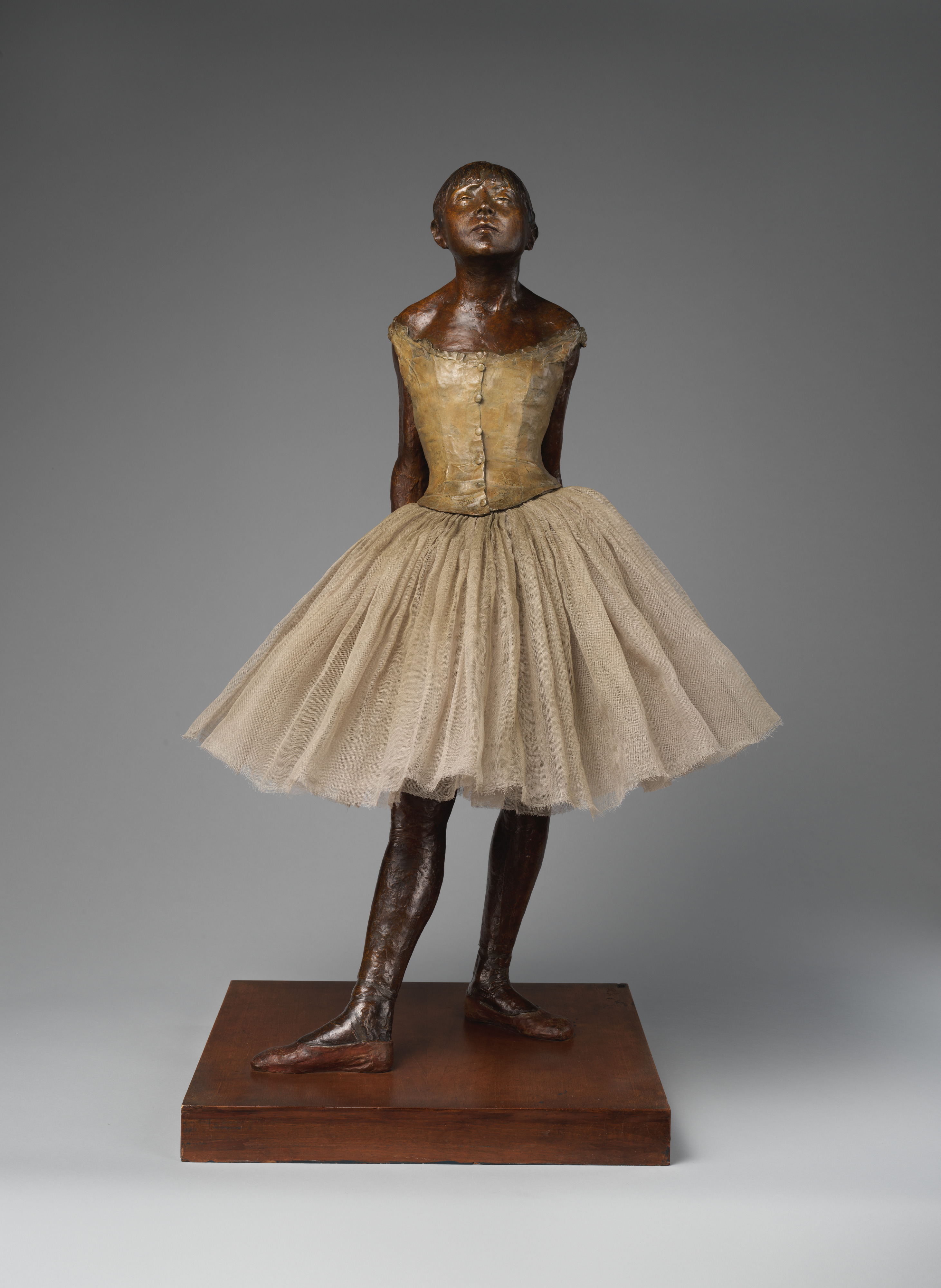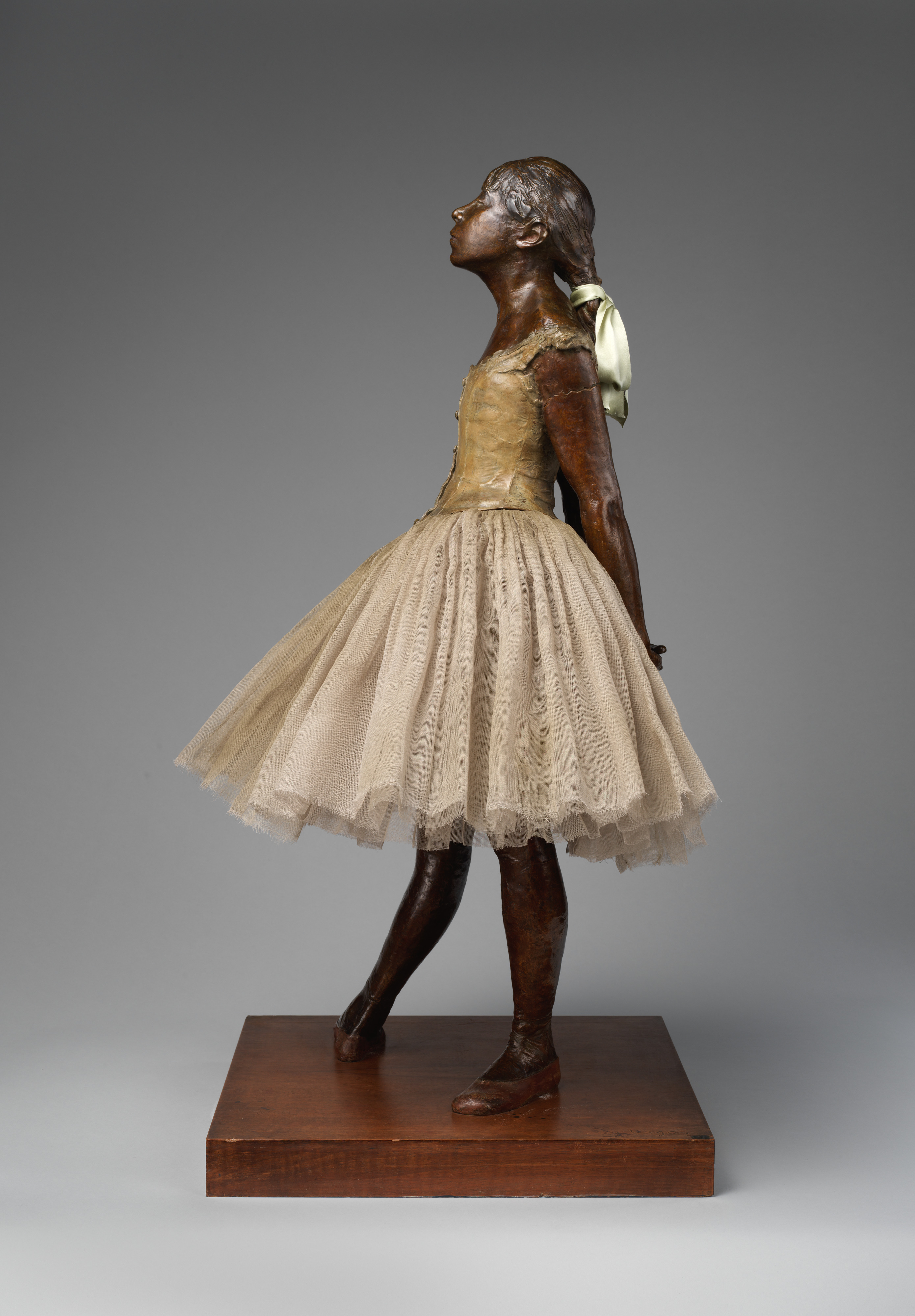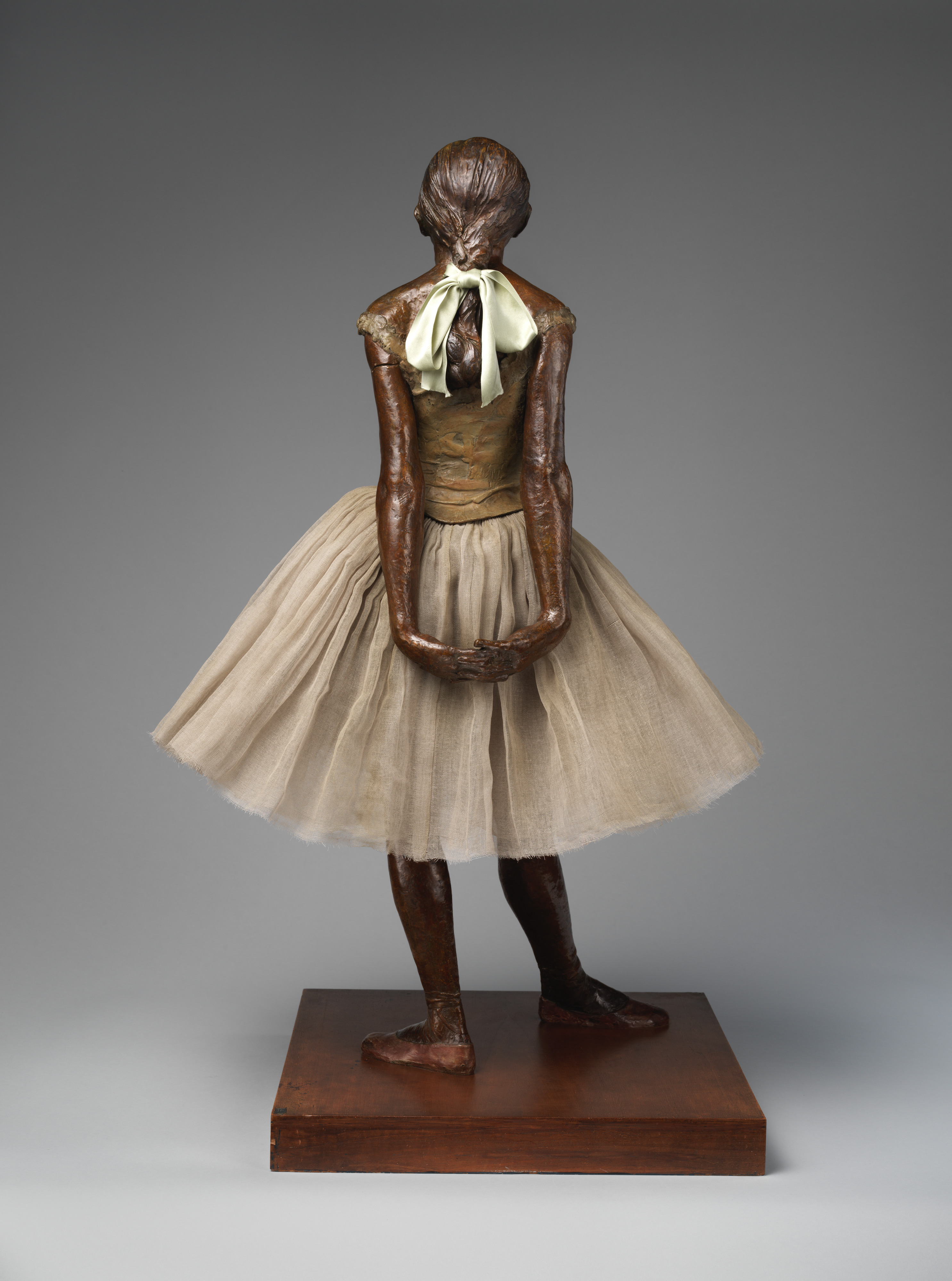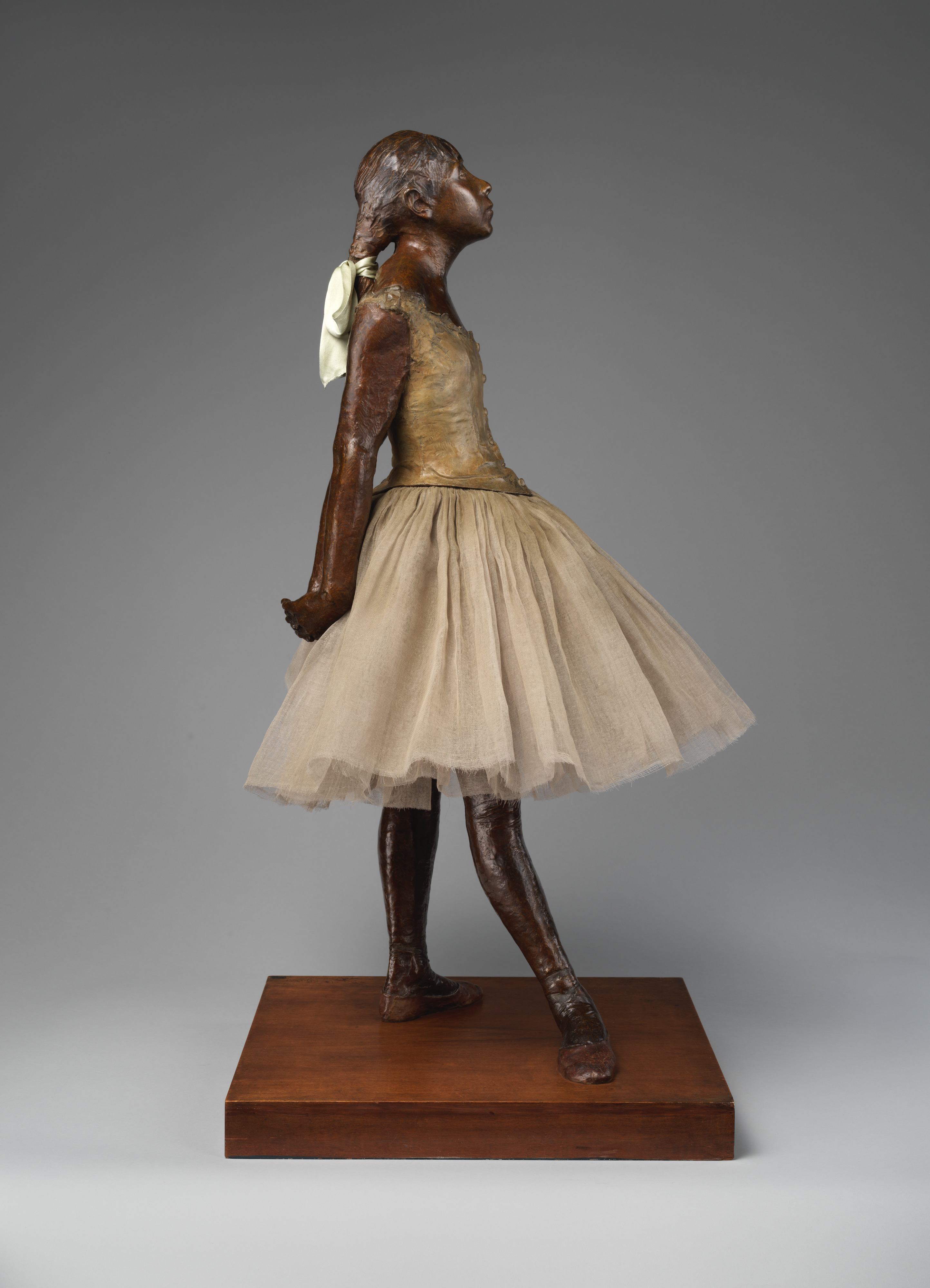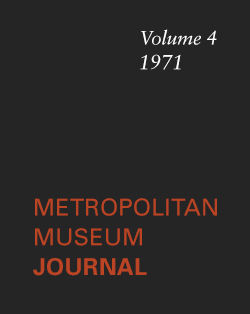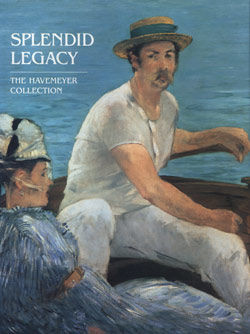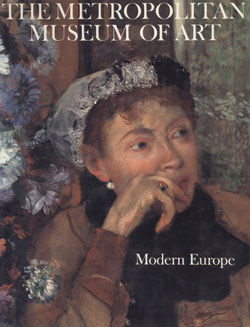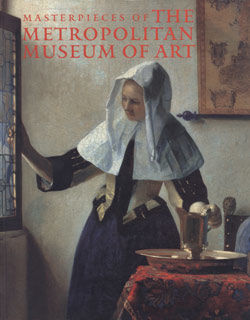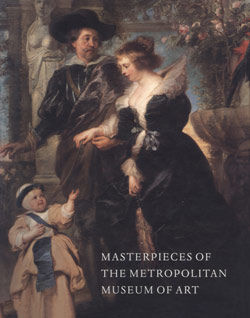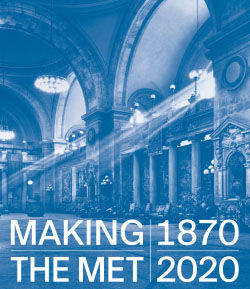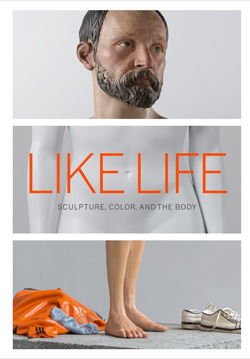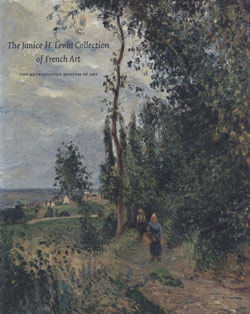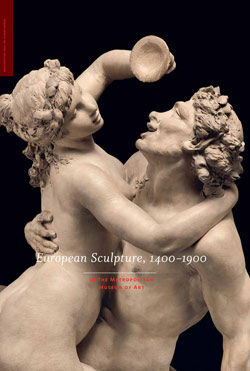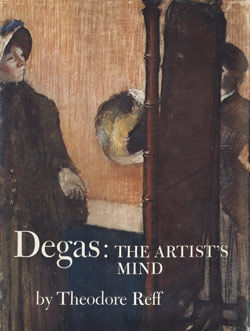The Little Fourteen-Year-Old Dancer
Edgar Degas French
Cast by A. A. Hébrard
Edgar Degas’s famous statue of a ballerina came to the Museum as part of the bequest of Louisine Havemeyer. Together with numerous paintings and sketches by the artist, Mrs. Havemeyer donated seventy-one of his bronzes, the first nearly complete set of the artist’s works in bronze to enter any museum. [1]
The wealthy and adventurous collector’s interest in Little Fourteen-Year-Old Dancer dates to her first glimpse of the wax model for it on view in 1881 at the Paris Salon. Self-taught in sculpture, Degas made numerous wax models on wire armatures. The subjects — dancers, women bathing, and horses — also feature in his paintings, but the sculptural studies are not preparatory for specific oil canvases as much as they are independent explorations of three-dimensional form. He showed the waxes to friends and ordered plaster casts of three of them during his lifetime, so their creation was not an entirely private activity.[2] Yet the only one he ever exhibited in public was the wax version of Little Fourteen-Year-Old Dancer (National Gallery of Art, Washington, D.C.). [ 3] Degas decided to make the sculpture of tinted wax with real cloth, tulle, and ribbon, and the result reminded many viewers of the displays in Madame Tussaud’s wax museum in London. The glass vitrine in which it was shown at the Salon also called to mind the wax mannequins in a costume show at the Paris Exposition Universelle of 1879. [4]
Mrs. Havemeyer’s reaction to Little Fourteen-Year-Old Dancer in 1881 not only reveals her own enthusiasm but conveys the impression the sculpture made on the public at large: "Paris could scarcely maintain its equilibrium . . . [Degas] became the hero of the hour. His name was on all lips, his statue discussed by all the art world." [5] Long afterward, she continued to be smitten by the wax model and attempted to buy it in 1903. After the artist’s death, in 1917, his heirs engaged the Hébrard foundry to cast bronzes of seventy-two of the waxes that survived in Degas’s studio (Little Dancer, the seventy-third, was cast separately). They were produced in editions of twenty (plus one for the heirs and one for the foundry). When the Musée du Louvre failed in its effort to acquire the first bronze set of Degas’s sculpture — the set marked "A" — Mrs. Havemeyer, advised by her influential friend the American painter Mary Cassatt, succeeded in buying it, during its premier exhibition at the Galerie A. A. Hébrard in Paris in May 1921.
The largest of the wax models, the Little Fourteen-Year-Old Dancer was also cast in multiples. Hébrard’s chief bronze founder, Albino Palazzolo, used the wax sculpture to create two plaster models (now in the Joslyn Art Museum, Omaha, Nebraska, and National Gallery of Art, Washington, D.C.), and they served as the basis for twenty-nine known bronzes, most of which were produced between 1922 and 1937. [6] Cast in 1922 (and marked "A" because it is part of the first set), the Museum’s bronze has a tinted bodice, a tutu made of cotton, and a hair ribbon of satin (both original fabrics have been replaced), to replicate the appearance of the original wax model.
Much has been written about the genesis of Little Fourteen-Year- Old Dancer and its importance in the history of modern sculpture. Mrs. Havemeyer’s recollection of the sculpture in her autobiography is useful for assessing its position in the history of art: "To some it was a revelation, to others an enigma. The graceful figure was as classic as an Egyptian statue and as modern as Degas! . . . All Paris said: . . . Who has achieved this wonderful creation? Whoever he is, he is modern to his finger tips and as ancient as the pyramids!" [7] Some of the statue’s power comes from the rigid frontality of the pose, a reference to ancient Egyptian statuary that was recognized by the artist’s contemporaries. At the same time, its realism shocked viewers.
Degas’s model was the young Marie van Goethem (born June 7, 1865), a student at the École de Danse and by 1880 a professional dancer at the Paris Opéra. Degas’s sketches of Marie indicate his intense concentration on her form. The artist frequented the Opéra, making endless studies of dancers in motion and at rest. In the bronze, his model has adopted a classic ballet stance, with her right leg advanced and turned. Yet there is a deliberate awkwardness to the pose — in the uncompromising way that the arms jut down behind and the head tilts back; moreover, the features of this precocious adolescent are far from pretty. Unorthodox yet riveting, Degas’s Little Fourteen-Year-Old Dancer became an instant icon in the history of sculpture.
Footnotes
1. For the history of the bronze sculptures, including this Museum’s, and their distribution, see Czestochowski and Pingeot 2002. Of seventy-three bronzes by Hébrard, all save numbers 19 and 41 entered our collection. One other bronze, The Little Schoolgirl, had a separate casting history; see Czestochowski and Pingeot 2002, p. 269, no. 74. For the Havemeyer bequest, see Vincent 1993b.
2. Millard 1976.
3. See Suzanne Glover Lindsay in Lindsay, Barbour, and Sturman 2010, pp. 116 – 37, no. 15.
4. Claretie 1881, p. 3; cited by Richard Kendall in Degas and the Little Dancer 1998, p. 70.
5. Havemeyer 1961, p. 255.
6. Czestochowski and Pingeot 2002, pp. 264 – 67, no. 73.
7. Havemeyer 1961, p. 254.
#6168. The Little Fourteen-Year-Old Dancer
Due to rights restrictions, this image cannot be enlarged, viewed at full screen, or downloaded.
This artwork is meant to be viewed from right to left. Scroll left to view more.


